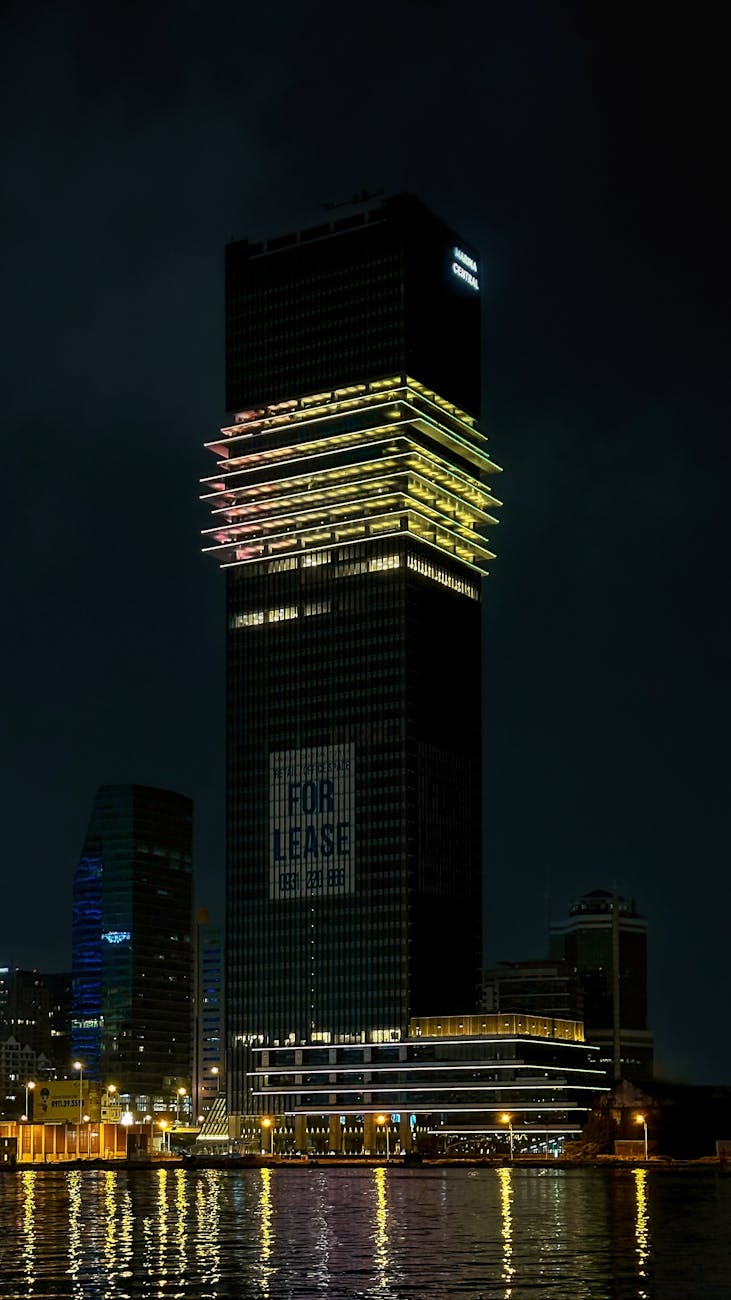The Complete Guide to Commercial Real Estate Leasing Trends
The complete guide to commercial real estate leasing trends explores the dynamic landscape of leasing within the commercial property sector, a field that reflects broader economic, technological, and social shifts. As businesses adapt to changes such as remote work, evolving consumer behaviors, and fluctuating market demands, commercial real estate leasing trends also shift rapidly. This article will dissect the latest patterns influencing offices, retail spaces, industrial properties, and emerging asset classes, offering valuable insights for investors, tenants, and landlords alike. By understanding these trends, stakeholders can make more informed decisions, optimize lease negotiations, and anticipate future shifts in the market. From technology adoption to sustainability considerations, this guide breaks down the critical components shaping how commercial leases are structured and executed today.
The impact of economic factors on leasing strategies
Economic conditions strongly dictate commercial real estate leasing dynamics. Interest rates, inflation, and overall economic growth influence both demand and supply. For example, rising interest rates can increase borrowing costs, thereby reducing new developments and pushing tenants toward shorter lease terms for greater flexibility.
Additionally, inflation often translates into higher rents and operating expenses which tenants must factor into their business models. Conversely, in sluggish economic times, landlords may offer concessions or more negotiable lease terms to maintain occupancy.
Below is a snapshot of key economic variables and their typical effects on leasing:
| Economic Factor | Effect on leasing |
|---|---|
| Interest rates | Higher rates reduce development; tenants seek flexibility |
| Inflation | Higher rents and expenses; landlords push for escalations |
| Economic growth | Increased demand; longer leases and premium rents |
| Unemployment rates | Lower demand; landlords offer incentives to attract tenants |
Changing office leasing trends in the post-pandemic era
The rise of remote and hybrid work has drastically altered office leasing patterns. Many companies are downsizing their footprints or adopting flexible lease agreements to accommodate fluctuating employee presence. As a result, tenants increasingly favor shorter lease terms and options to sublease or expand as business needs evolve.
Moreover, offices that lockdown health, technology integration, and collaboration spaces tend to attract more tenants. Landlords are retrofitting properties with advanced HVAC systems, touchless technologies, and enhanced common areas.
The shift also extends into the location preference, with businesses gravitating towards suburban or secondary markets to reduce costs and tap into local labor pools.
Retail leasing adaptations amid changing consumer behavior
Retail has historically been influenced by consumer spending trends, and the recent surge in e-commerce has pressured traditional retail leasing. To stay relevant, landlords and tenants negotiate more flexible terms and re-purpose spaces to create experiential destinations or mixed-use environments.
Pop-up shops, short-term leases, and partnership models have become popular as retailers test new concepts without long-term commitment. Simultaneously, landlords may incorporate omnichannel capabilities into the leases, such as allowances for curbside pickup or dedicated logistics areas.
The growth of industrial leasing driven by e-commerce
The industrial real estate segment is booming, fueled by the growth of e-commerce and global supply chain transformations. Warehousing and distribution centers are in high demand, often secured with long-term leases providing stable income streams for landlords.
Tenants prioritize proximity to transportation hubs and workforce availability, pushing up rents in strategic locations. Flexibility remains important but typically less so than in office or retail due to the specialized nature of the spaces.
In this sector, triple net leases (NNN) remain common, transferring expenses like maintenance and taxes to tenants.
Embracing sustainability and technology in lease agreements
Sustainability has become a major factor influencing commercial leases. Increasingly, landlords and tenants incorporate energy efficiency, green building certifications, and ESG (environmental, social, governance) clauses into their contracts.
Technology integration plays a complementary role. Smart building management systems, IoT devices, and digital leasing platforms optimize operational efficiency and transparency, often embedded as lease requirements.
Lease agreements now may include:
- Shared energy cost savings incentives
- Carbon emissions reporting obligations
- Smart systems maintenance commitments
These trends not only appeal to environmentally conscious businesses but also enhance asset value and reduce operating costs over time.
Conclusion
Understanding commercial real estate leasing trends requires a multidimensional approach encompassing economic influences, shifting tenant demands, and broader market innovations. Economic variables continue to shape lease terms and landlord-tenant negotiations, while the post-pandemic workspace revolution pushes for flexibility and technological upgrades in office leasing. Retail spaces must evolve to meet consumer expectations with adaptive leasing models, and industrial leasing thrives alongside the surge of e-commerce, demanding strategic location and long-term stability. Importantly, sustainability and technological adoption emerge as critical components of modern leasing agreements, driving value and responsibility forward. By staying informed on these connected trends, all parties involved in commercial leasing can position themselves to thrive in a continually evolving market landscape.
Image by: QUI NGUYEN
https://www.pexels.com/@qui-nguyen-7862521
editor's pick
latest video
news via inbox
Nulla turp dis cursus. Integer liberos euismod pretium faucibua

